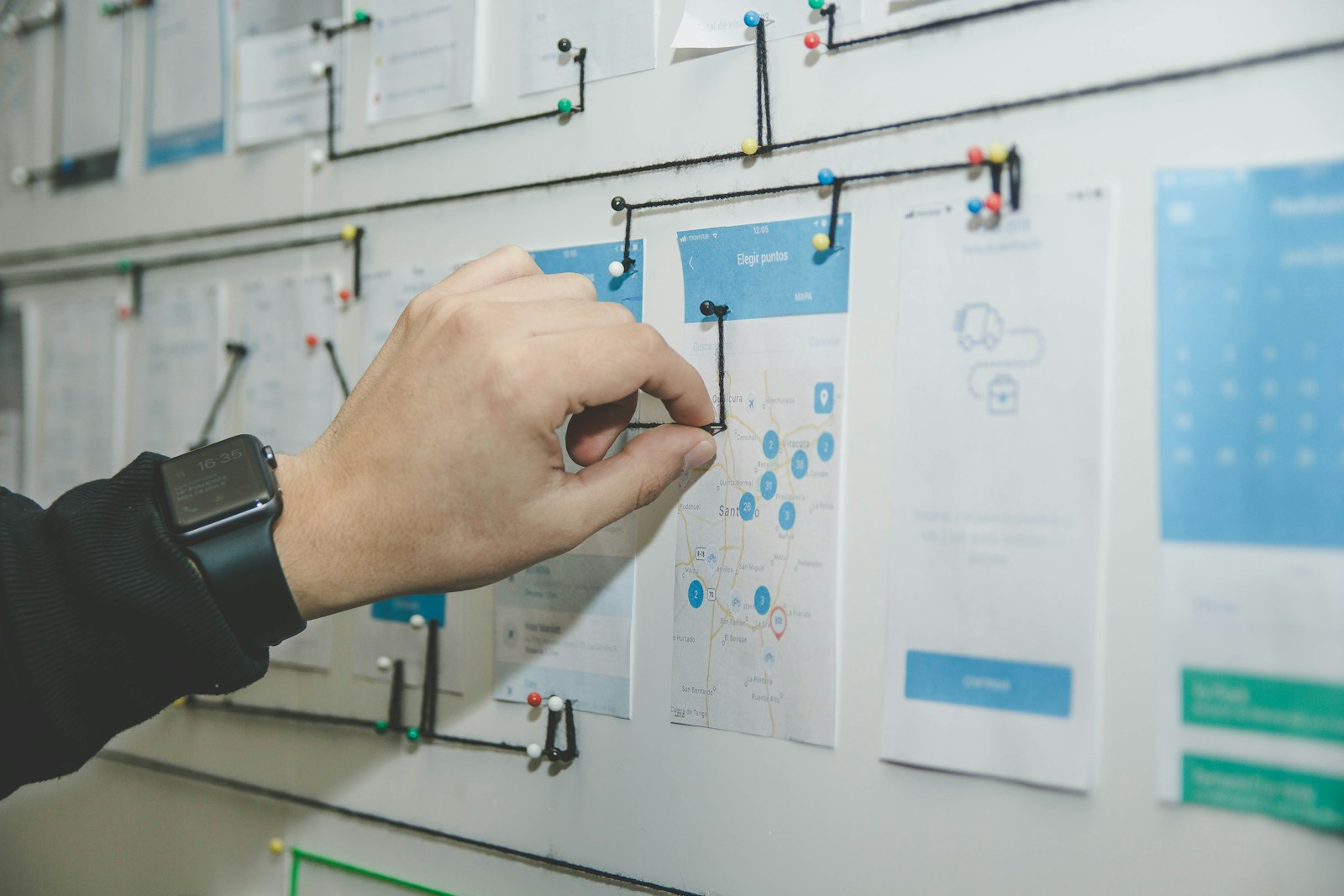At Haketi, our User Experience (UX) design process is all about putting your users first. While there are many variations of user-centered design, they all share a common goal: to create digital experiences that are intuitive, efficient, and enjoyable. Our obsession is to ensure users can easily and happily accomplish their tasks.
Here’s a breakdown of the steps we take to achieve that:
1. Elicit Requirements: Understanding the Core Problem
The first crucial step is to gather a deep understanding of the problem we’re solving. We begin by eliciting detailed requirements, which provides us with the necessary context and information. Beyond traditional methods, we also dive into existing documentation, and whenever possible, we use the current system. This hands-on approach offers invaluable insights into current pain points and often sparks further questions that guide our process.
2. Empathize with Users: Stepping into Their Shoes
Once we have the problem’s context, we immerse ourselves in the user’s world. This means truly understanding their frustrations and challenges, whether they’re working manually or struggling with a poorly designed system. To achieve this, we create powerful tools like personas and empathy maps. We also conduct design reviews and task analyses, and if a current system exists, we perform heuristic evaluations or usability testing to pinpoint design gaps.
3. Brainstorm Solutions: Exploring a Spectrum of Ideas
With a solid grasp of the user’s needs and struggles, it’s time to generate solutions. At this stage, quantity over polish is key. Solutions don’t need to be refined designs; they can be as simple as notes on paper, rough sketches, or even screenshots from other applications that have successfully addressed similar issues.
We never settle for just one solution. Exploring multiple ideas (especially through low-fidelity sketches) helps us avoid bias and keeps our options open without significant resource investment. Depending on time and budget, we then select the top one to three ideas for further exploration. These promising concepts are then developed into more defined designs and prototypes, ready for validation in the next stage.
4. Test Solutions: Validating with Real Users
The next critical step is to validate our assumptions with real users. We rigorously test our prototype solutions to identify any new problems that arise and, most importantly, to confirm that our designs truly meet user needs. This step directly evaluates our solution against the initial requirements.
Often, this process is iterative, leading us back to the first step as we refine and improve. Each iteration brings us closer to a robust, user-satisfying solution.
The Haketi Advantage: Iteration and User-Centricity
Our UX design process is fundamentally iterative. We understand that perfection is rarely achieved on the first try. The user remains at the heart of every decision, and when in doubt, we always return to validate with your target audience. This approach allows us to “fail early and often,” making it significantly cheaper to implement changes and ensure the final design empowers users to complete their tasks with ease and joy.
Ready to discuss how our user-centered design process can elevate your next web project?
